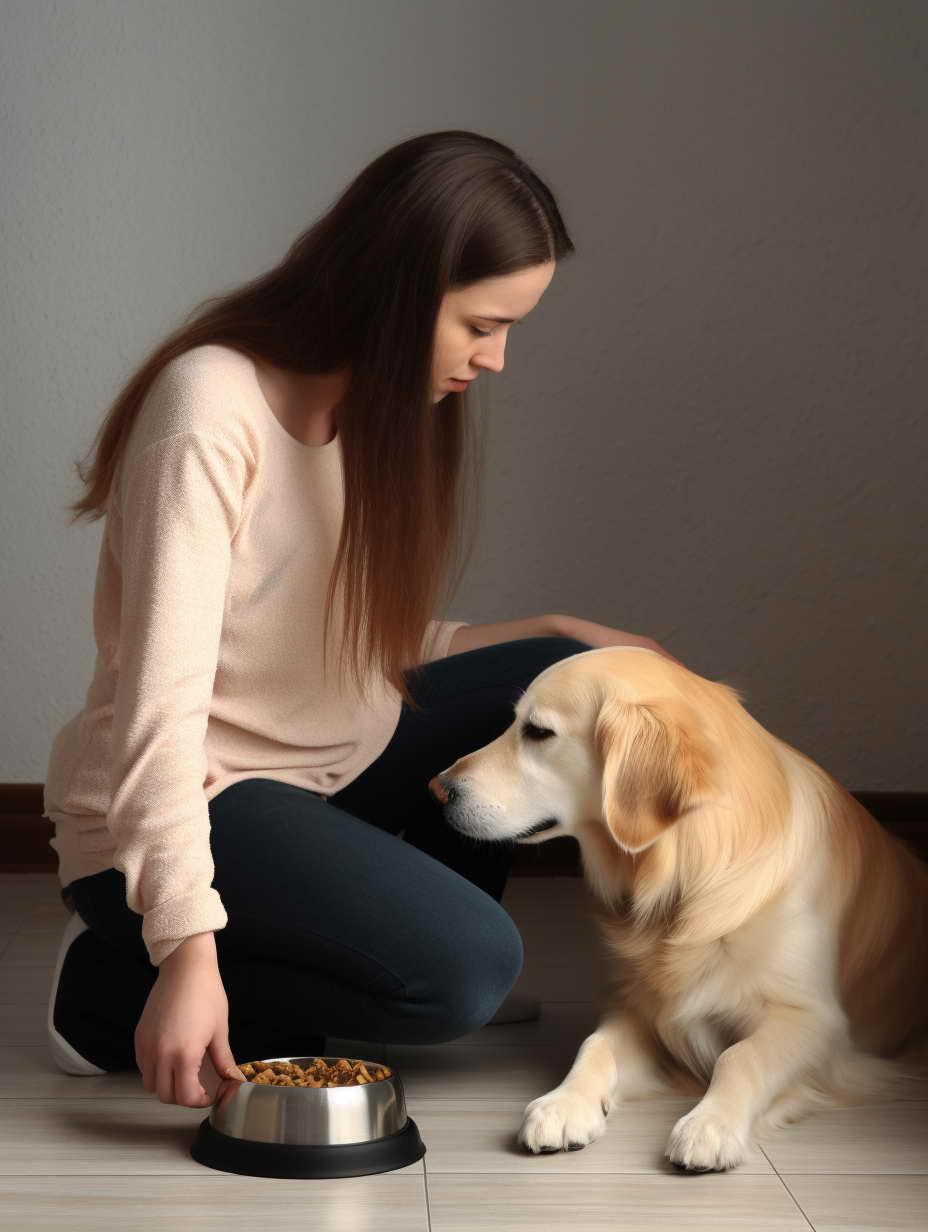Should Dog Food Have Grains? A Comprehensive Guide
Introduction
When it comes to choosing the right food for your beloved canine companion, you may have encountered the ongoing debate: Should dog food have grains? As a responsible pet owner, it’s essential to make informed decisions about your furry friend’s nutrition. In this comprehensive guide, we will delve deep into the topic, exploring the pros and cons, addressing common questions, and helping you decide what’s best for your canine companion.
What Are Grains in Dog Food?
In the world of dog nutrition, the term “grains” refers to a category of cereal grains commonly used as ingredients in commercial dog food. These grains include wheat, corn, rice, oats, barley, and rye, among others. Grains serve as a source of carbohydrates and play a vital role in the formulation of dog food. To understand their significance, let’s delve deeper into what grains provide in dog nutrition:
Carbohydrates
Grains are rich in carbohydrates, which serve as a primary energy source for dogs. Carbohydrates are essential for fueling your canine companion’s daily activities, from running and playing to simply staying active and alert. While dogs are omnivores and can derive energy from both carbohydrates and fats, carbohydrates from grains are a readily available and digestible source of energy.
Fiber
Fiber is a key component of grains, particularly in whole grains. Fiber is crucial for maintaining proper digestive health in dogs. It promotes regular bowel movements, prevents constipation, and can help manage diarrhea. Additionally, fiber contributes to a sense of fullness, which can be beneficial in weight management for dogs prone to obesity.
Nutrients
Grains also provide essential nutrients, including vitamins and minerals, that are important for your dog’s overall health. These nutrients can vary depending on the type of grain used in the dog food. For example, whole grains like brown rice contain more nutrients than refined grains like white rice. Nutrient-rich grains can contribute to a well-balanced diet for your furry friend.
Digestibility
The digestibility of grains can vary among different types and breeds of dogs. Some dogs have no trouble digesting grains and can derive significant nutritional benefits from them. However, others may have sensitivities or allergies to certain grains, making it important for pet owners to monitor their dogs’ reactions to specific ingredients.
Texture and Taste
Grains also add texture and flavor to dog food. The combination of textures in kibble, which often includes grains, can make the food more appealing to dogs. It’s worth noting that dogs, like humans, have individual taste preferences, so some may enjoy foods with grains, while others may prefer grain-free options.
In summary, grains in dog food encompass a variety of cereal grains that contribute carbohydrates, fiber, essential nutrients, and texture to your pet’s diet. While grains are a common ingredient in many commercial dog foods and offer several nutritional benefits, it’s crucial to consider your dog’s individual needs and sensitivities when selecting the right food for them. Consulting with your veterinarian can provide valuable guidance in determining whether grains are a suitable choice for your furry companion
The Pros of Dog Food with Grains
Improved Digestibility: Dog food with grains can be easier for some dogs to digest. They provide a valuable source of fiber, aiding in proper digestion and regular bowel movements.
Cost-Effective Option: Grains are often more affordable than some alternative ingredients, making dog food with grains a budget-friendly choice for pet owners.
Energy and Nutrient Source: Grains are a source of carbohydrates, which can provide a steady source of energy for your furry friend. They also contain essential nutrients, including vitamins and minerals.

The Cons of Dog Food with Grains
Allergies and Sensitivities: Some dogs may have allergies or sensitivities to certain grains, leading to skin issues, digestive problems, or discomfort.
Weight Management Challenges: The carbohydrate content in grains can contribute to weight gain if not properly managed. This may not be suitable for dogs with weight concerns.
Preference Variability: Dogs have individual tastes and preferences. While some dogs thrive on grains, others may not enjoy or benefit from them.
Should Dog Food Have Grains?
The answer to this question isn’t one-size-fits-all. It depends on your dog’s unique needs, preferences, and any existing health concerns. Here are some factors to consider:
1. Your Dog’s Health
Consult with your veterinarian to determine if your dog has any specific health issues or allergies that could be affected by grains. They can provide valuable guidance on the best dietary choice.
2. Your Dog’s Activity Level
Active dogs may benefit from the energy provided by grains, while less active dogs might do better with a grain-free option to manage their weight.
3. Age Matters
Puppies, adult dogs, and seniors have different nutritional requirements. Grains may be more suitable for some life stages than others.
4. Allergies and Sensitivities
If your dog has a history of allergies or sensitivities to grains, a grain-free option may be a safer choice.
Frequently Asked Questions (FAQs)
Q: Can grains be harmful to dogs?
A: Grains are not inherently harmful, but some dogs may have allergies or sensitivities to them. It’s essential to monitor your dog’s reaction to grains in their food.
Q: Are grain-free diets better for dogs?
A: Not necessarily. Grain-free diets are suitable for some dogs, but they may not be necessary or beneficial for all. It depends on your dog’s specific needs.
Q: How can I tell if my dog is allergic to grains?
A: Watch for signs like itching, digestive issues, or skin problems. Consult your vet for an accurate diagnosis.
Q: What are some grain alternatives in dog food?
A: Some grain alternatives include sweet potatoes, peas, and tapioca. These can be suitable for dogs with grain sensitivities.
Q: Is homemade dog food a better option?
A: Homemade dog food can be a great choice if you have the time and knowledge to ensure a balanced diet. Consult with a veterinarian or canine nutritionist for guidance.
Q: How can I transition my dog to a new diet?
A: Gradually introduce the new food over several days to avoid digestive upset. Mix it with the old food, increasing the ratio of the new food each day until your dog is fully transitioned.
Conclusion
In the debate over whether dog food should have grains, there is no definitive answer. Your dog’s individual needs, health, and preferences should guide your decision. Consult with your veterinarian, consider your dog’s activity level, and monitor for any adverse reactions to make the best choice for your furry friend. Remember, what matters most is providing your dog with a balanced and nutritious diet that keeps them happy and healthy.

Leave a Reply